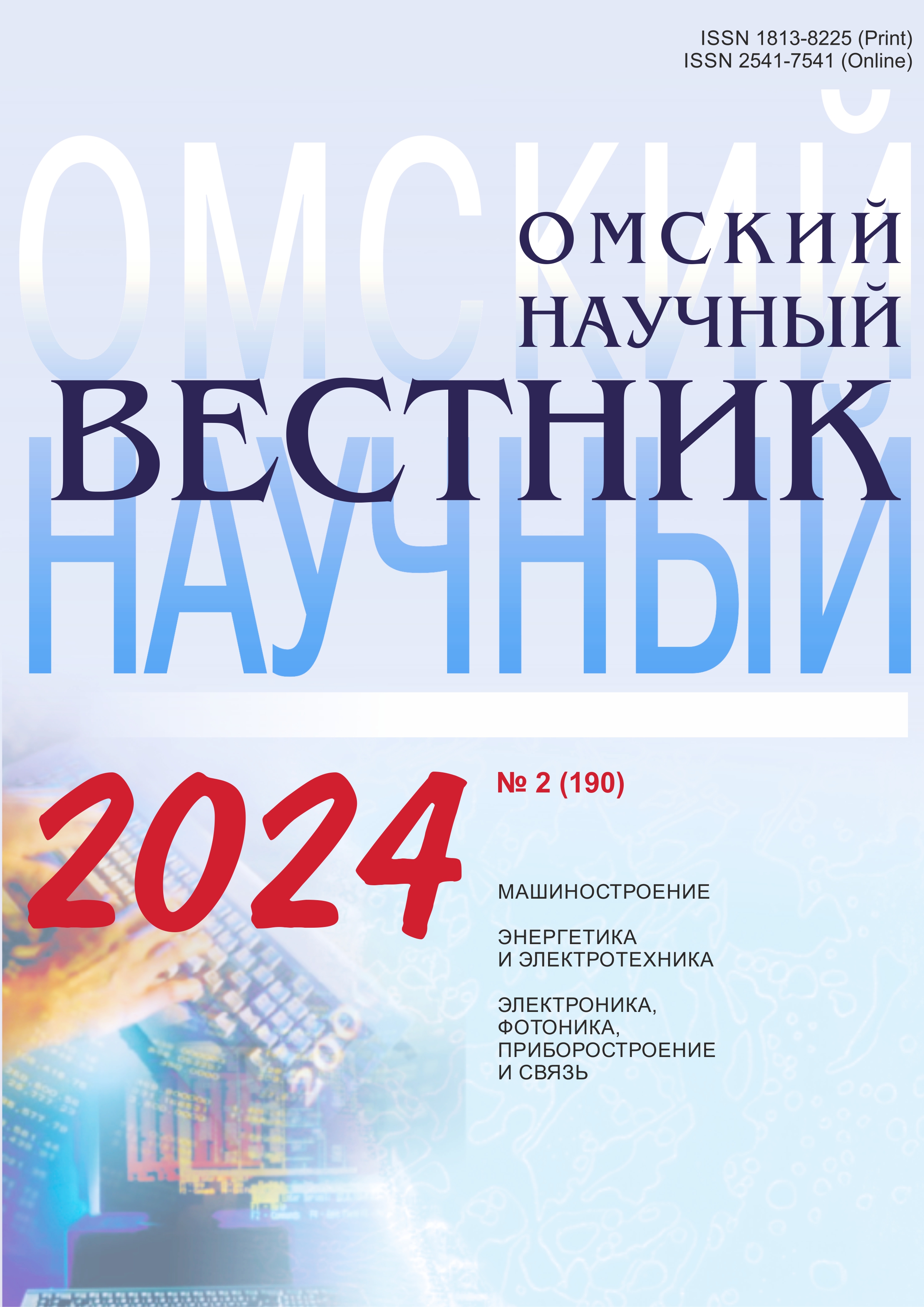Study for quartz resonators in miniature metal-ceramic package for further use in temperature-compensated oscillators
DOI:
https://doi.org/10.25206/1813-8225-2024-190-135-143Keywords:
Quartz, oscillator, resonator, temperature-compensation, metal-ceramic package, crystal element, cut-off angle, frequency stabilityAbstract
With the advent of new technologies, the requirements for the sources of reference vibrations are becoming more stringent. They must be compact, quickly reach frequency, operate in a wide temperature range and have a small relative frequency drift in the operating temperature range.
Changes in ambient temperature are the most destabilizing factor for the oscillator output frequency. Ensuring frequency stability over a wide temperature range is a pressing task. Thermal compensation allows increasing frequency stability over a wide range of operating temperatures. This is achieved by compensating for the effect of the destabilizing factor on the generator so that the frequency drift tends to zero as the temperature changes. Temperature-compensated quartz oscillators are highly stable and have a short readiness time. However, to create generators with a frequency stability of ± 0,1 ppm, imported components are required, which makes their production difficult in modern conditions. A technological chain is created at the JSC «LIT-PHONON», which allows producing a quartz resonator using only Russian components. The goal is to use these resonators in temperature-compensated oscillators with frequency stability of ± 0,1 ppm. However, the analysis showed that the resonators have problems with frequency drift over time during operation at a maximum operating temperature of + 85 ºС. Additional adjustment of generators during operation is required. It is also revealed that some Russian components are not ideally suited to the developed technological process, which may negatively affect the yield of suitable products. The measuring setup also has an error of ± 0,5 ppm, which does not allow an accurate assessment of the frequency stability of the resonators.
Downloads
Published
How to Cite
Issue
Section
License
Non-exclusive rights to the article are transferred to the journal in full accordance with the Creative Commons License BY-NC-SA 4.0 «Attribution-NonCommercial-ShareAlike 4.0 Worldwide License (CC BY-NC-SA 4.0»)




